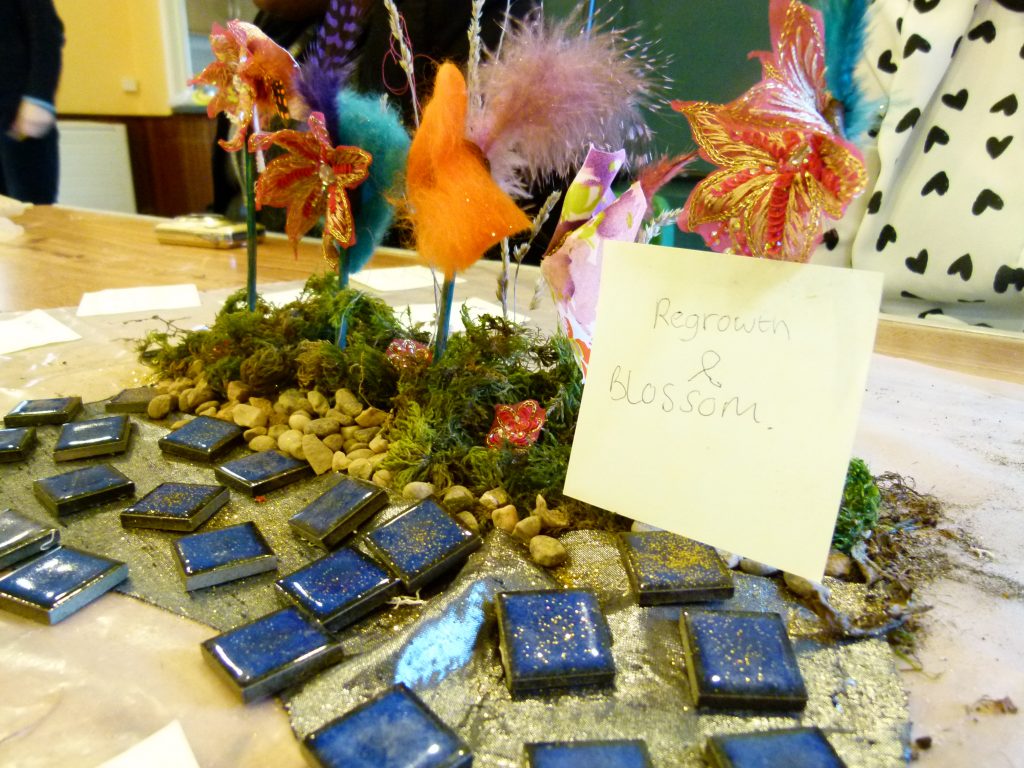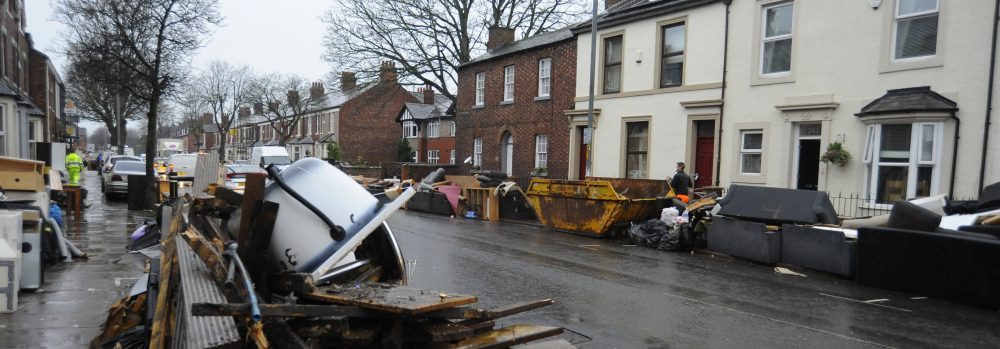Here you will explore:
- the range and scale of data generated by Lancaster University researchers investigating the social effects of flooding
Data generated during Lancaster University’s flood research projects
Lancaster University researchers have conducted three major studies into the social effects of flooding: Hull Floods Project (2007-2009); Hull Children’s Flood Project (2007-2011); Children, Young People and Flooding: Recovery and Resilience (2014-16).
The team has drawn on a range of qualitative methods in these projects, from traditional social science tools such as group discussions and interviews (face-to-face or by telephone) to more participatory approaches such as diaries, ‘walk & talk’, ‘photo talk’, storyboard drawings and 3D model making. These approaches have generated different types of primary data including transcripts, drawings and photographs.
As a result of the mixed methods of data gathering, the projects have produced a range of data types. You can read more about these forms of data collection elsewhere on this website: How to collect data.
Table of data produced from Lancaster University’s flood projects
To learn about how to access this data see: Where is the data?

3D group model
